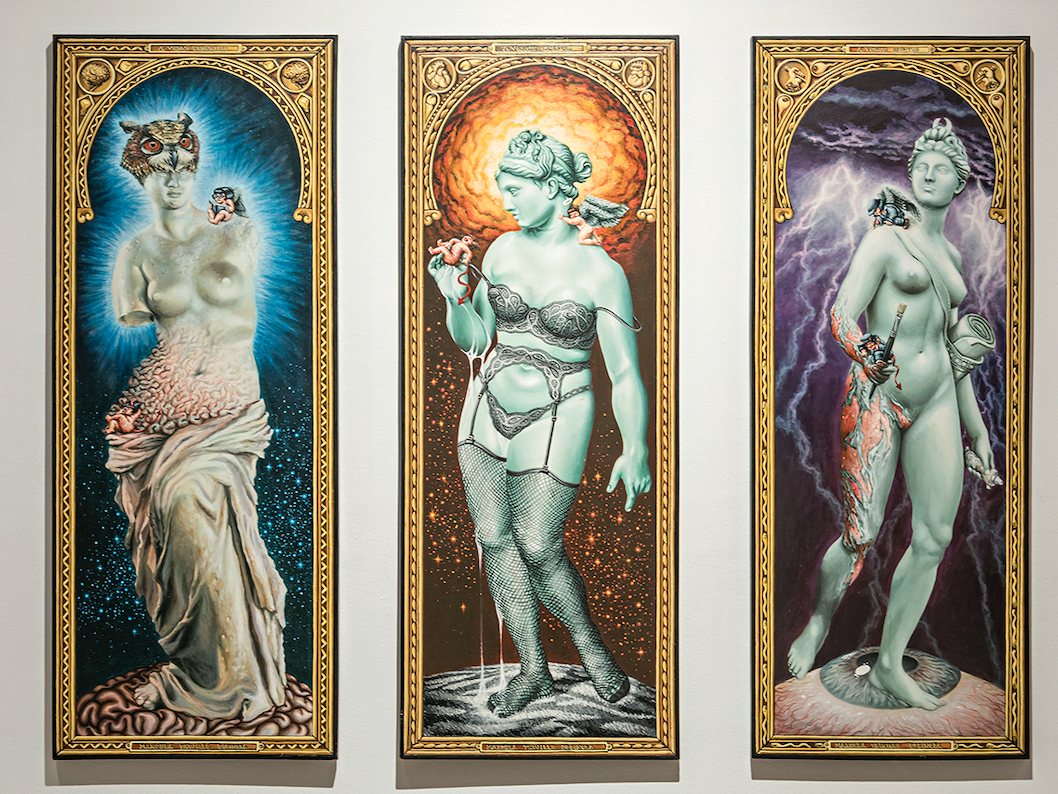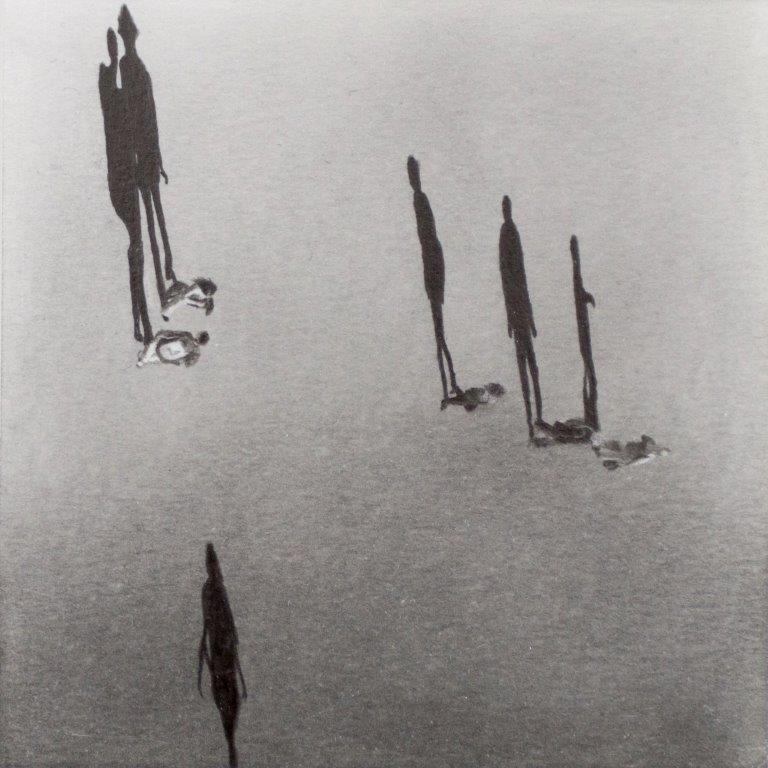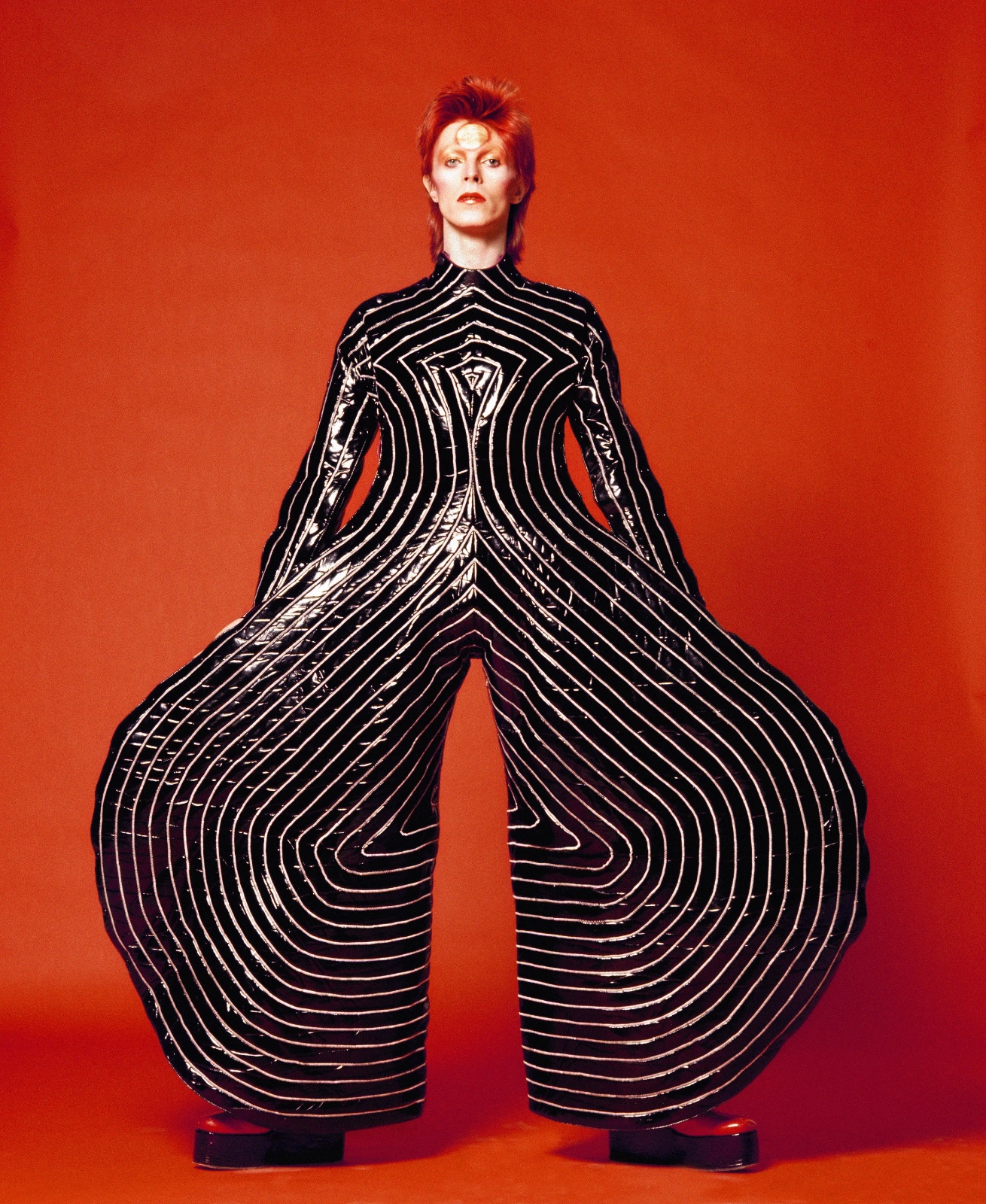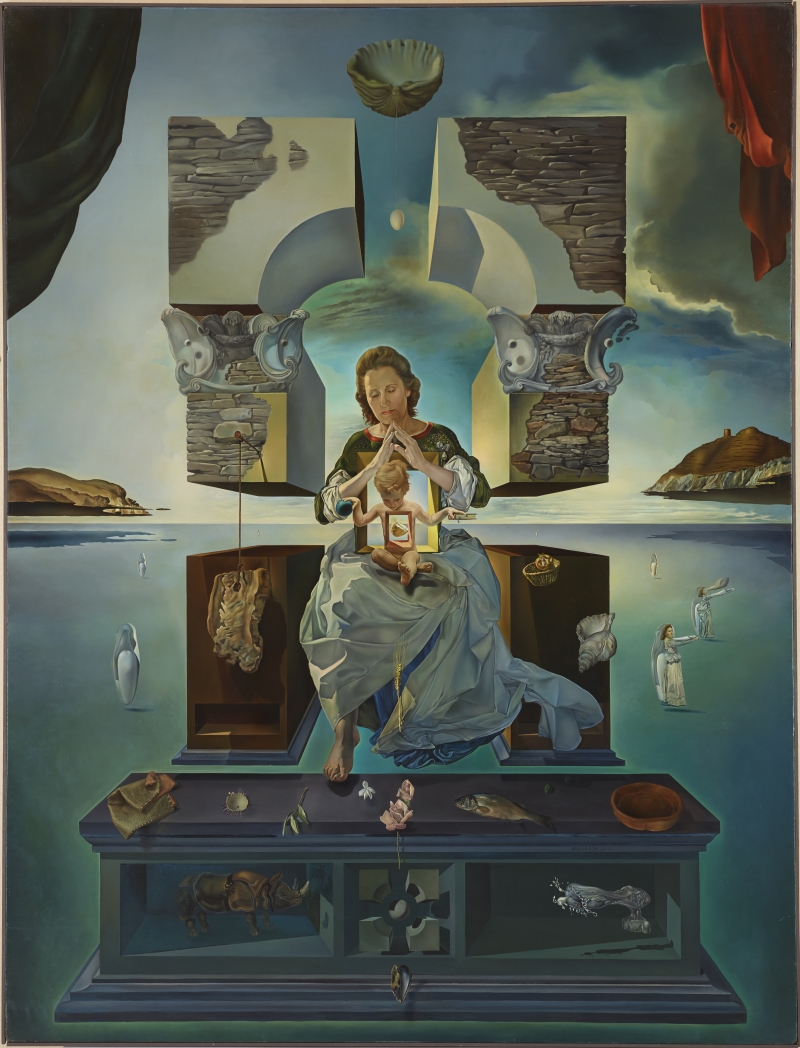News
Lluís Coromina, Eugènia Balcells and Pilar Parcerisas, among the winners of the 2025 GAC Awards
Miquel Alzueta, Baroness Thyssen and the Marc Domènech gallery are some of the award winners in an edition that has highlighted various trajectories of Catalan contemporary art.
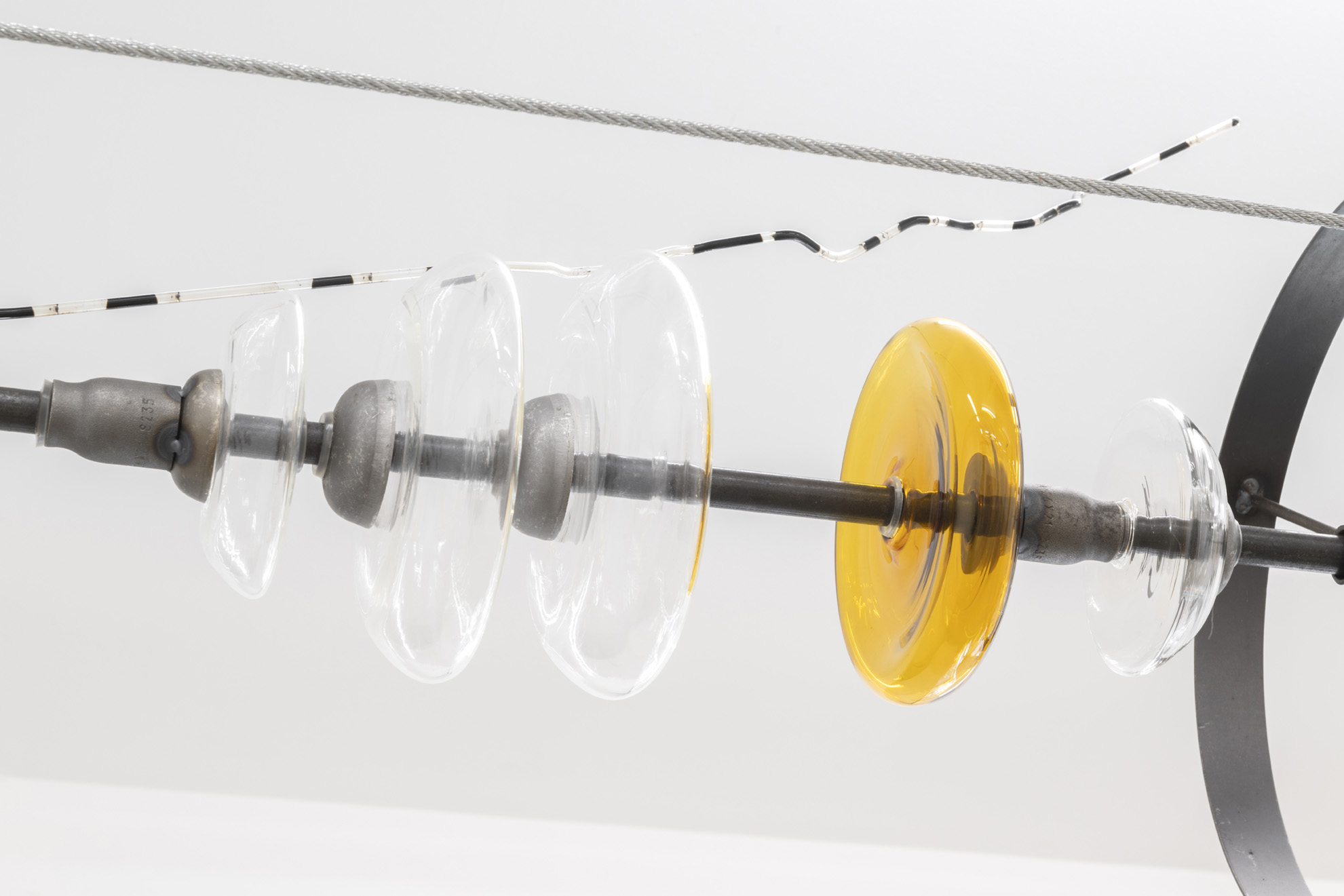
In a new edition of the GAC Awards , the visual arts scene in Catalonia once again demonstrates its vitality and diversity. This year's event has once again brought together a wide representation of the sector at MACBA in a night marked by meetings, collaborations and recognitions. The gala, which has been the framework of the Nit del Galerisme, has brought together more than 200 professionals from the world of art and culture, celebrating both consolidated trajectories and emerging projects that have managed to earn a place.
In this eighteenth edition, it is worth highlighting Lluís Coromina , who was awarded for his work as a collector. This distinction recognizes not only the value of his collection, but also the entire ecosystem that he has generated around it. From the Foundation that bears his name, active since 2007, he promotes spaces such as Eat Art and El Puntal in Banyoles —dedicated to creative laboratories and residencies—, as well as a multidisciplinary exhibition center in Barcelona, which acts as a meeting point for creators and cultural agents. His commitment to the dialogue between art and society has been embodied in sustained support for Catalan galleries and in initiatives that promote exchange and contemporary creation.
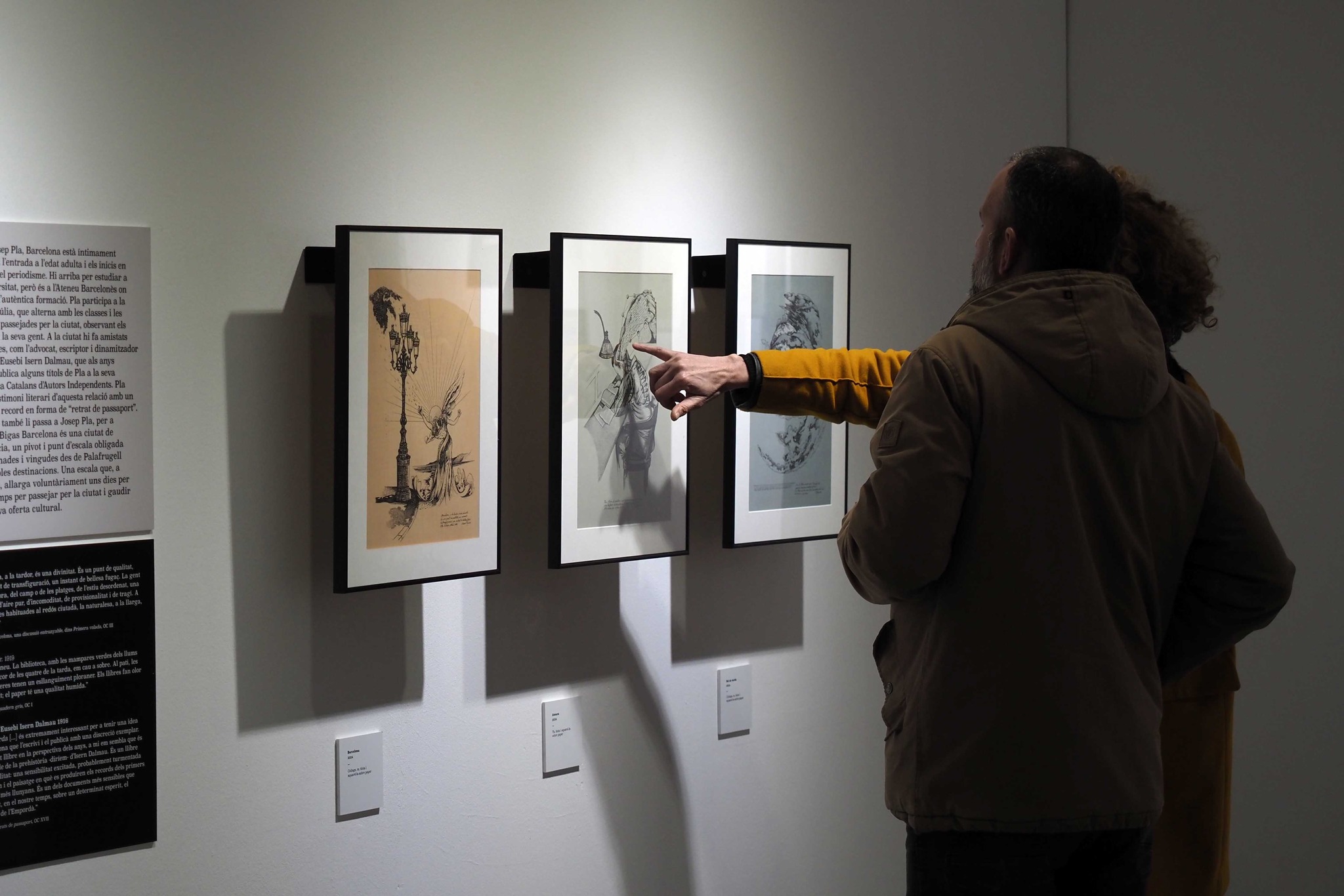 Exposició 'Ressonàncies europees. Eduard Bigas evoca Josep Pla' a l'Espai Eat Art de la Fundació Lluís Coromina a Banyoles (2025)
Exposició 'Ressonàncies europees. Eduard Bigas evoca Josep Pla' a l'Espai Eat Art de la Fundació Lluís Coromina a Banyoles (2025)
Recognition for a career as a gallerist has been for Miquel Alzueta . With a transversal perspective that embraces disciplines and eras, Alzueta has created a space where design, contemporary art and collecting coexist. His gallery, with offices in Barcelona, Casavells, Madrid and Paris, has been expanding its horizons with a program that focuses on both established creators and new voices . He began his career as an editor —founder of the Columna publishing house— and since then has charted his own path in the art world, connecting with international fairs and working with artists such as Guim Tió, Andrea Torres Balaguer and Jordi Alcaraz.
The career of Eugènia Balcells , one of the pioneers of video art in Catalonia, has also been recognized. The award values decades of research, experimentation and commitment to contemporary creation. Balcells has moved with solvency between languages and disciplines, addressing themes such as consumer society, gender roles or the connections between matter and energy. Her work, full of conceptual and poetic force, has been exhibited in spaces such as the CCCB, the Reina Sofia, the MEIAC or the Fundació Vila Casas.
 Going through languages, Eugènia Balcells (1981). © Fundació Eugènia Balcells
Going through languages, Eugènia Balcells (1981). © Fundació Eugènia Balcells
Baroness Carmen Thyssen-Bornemisza has been awarded the prize for the promotion of the visual arts. Beyond having a collection of great value, she has been able to activate it, give it life and make it accessible through museums such as those in Malaga, Andorra or the future space in Barcelona, which will be located in the Palau Marcet and will house a significant part of her collection of Catalan paintings from the 19th and 20th centuries. From her link with Sant Feliu de Guíxols to her international projection, her career reflects a clear desire to make art accessible to everyone and preserve heritage with an eye to the future.
The award for best curatorship went to Montse Frisach for the cycle Visites Inesperades, a proposal that has brought contemporary pieces into dialogue with permanent collections of museums such as the Morera in Lleida, the Museu d'Art de Girona or the Museu d'Montserrat. The project, which has now been in its fourth edition, has generated new readings based on the contrast between works and has contributed to bringing artistic stories closer that are often not very visible within the museum framework.
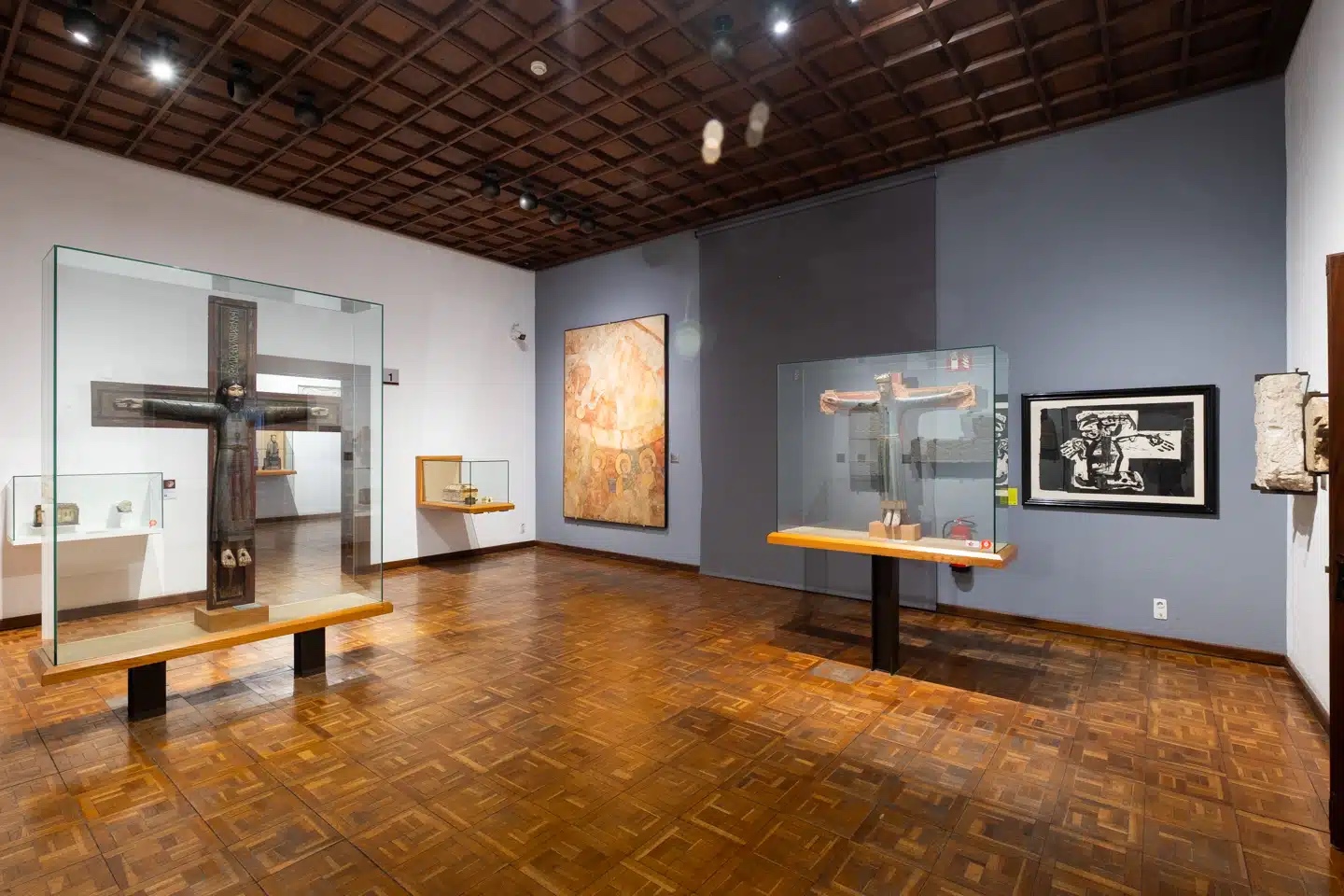 Exposició 'Visites inesperades' al Museu d'Art de Girona.
Exposició 'Visites inesperades' al Museu d'Art de Girona.
In the criticism category, Pilar Parcerisas has been recognized for an extensive and diverse career, in which she has been able to analyze, write and propose readings on art from multiple perspectives. A doctorate in Art History and a degree in Information Sciences, she is the author of fundamental publications on conceptual art in both Catalonia and Spain, and has written about figures such as Man Ray, Beuys, Loos, Dalí, Duchamp and Tàpies. With more than sixty curated exhibitions, she has been a key voice in the defense of Catalan artists on an international scale.
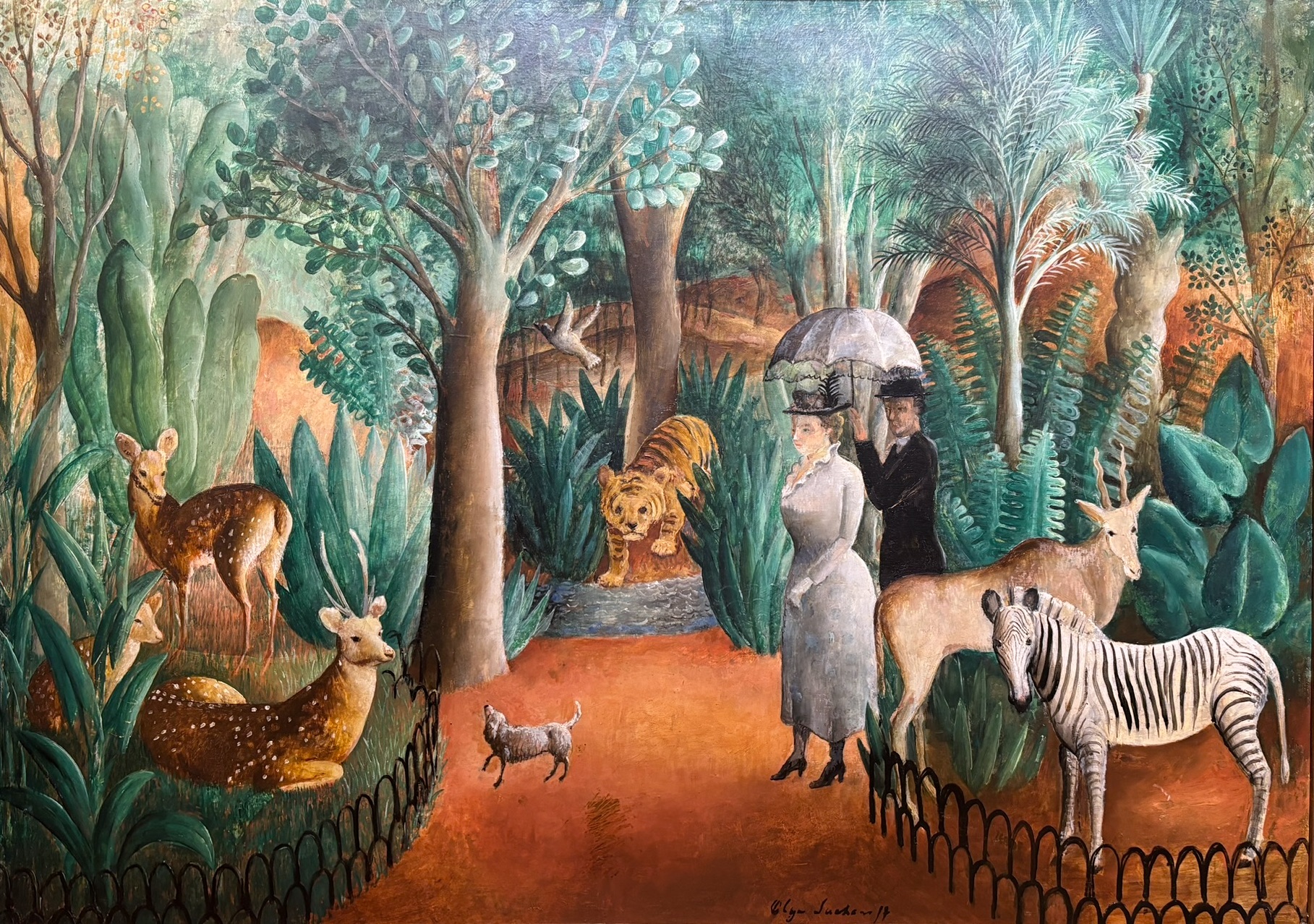
Other awards have been for the Art Petritxol gallery , awarded for the exhibition Olga Sacharoff. Avant-garde, ingenuity and tradition, an exhibition that recovers the figure of an avant-garde creator with strong links to the artistic and intellectual circles of the Catalan post-war period, and who has not yet been sufficiently vindicated. The Chiquita Room gallery has been recognized for its continued work with emerging artists and multidisciplinary projects, with proposals that address social issues from a critical and innovative perspective, exploring the intersections between art and other fields of knowledge.
The Marc Domènech gallery has received the award for best exhibition of a consolidated artist for the one dedicated to Joaquim Chancho and the artistic stage of the 70s, a little-known but fundamental period in which the artist began a transition towards a more refined painting and detached from figurative references.
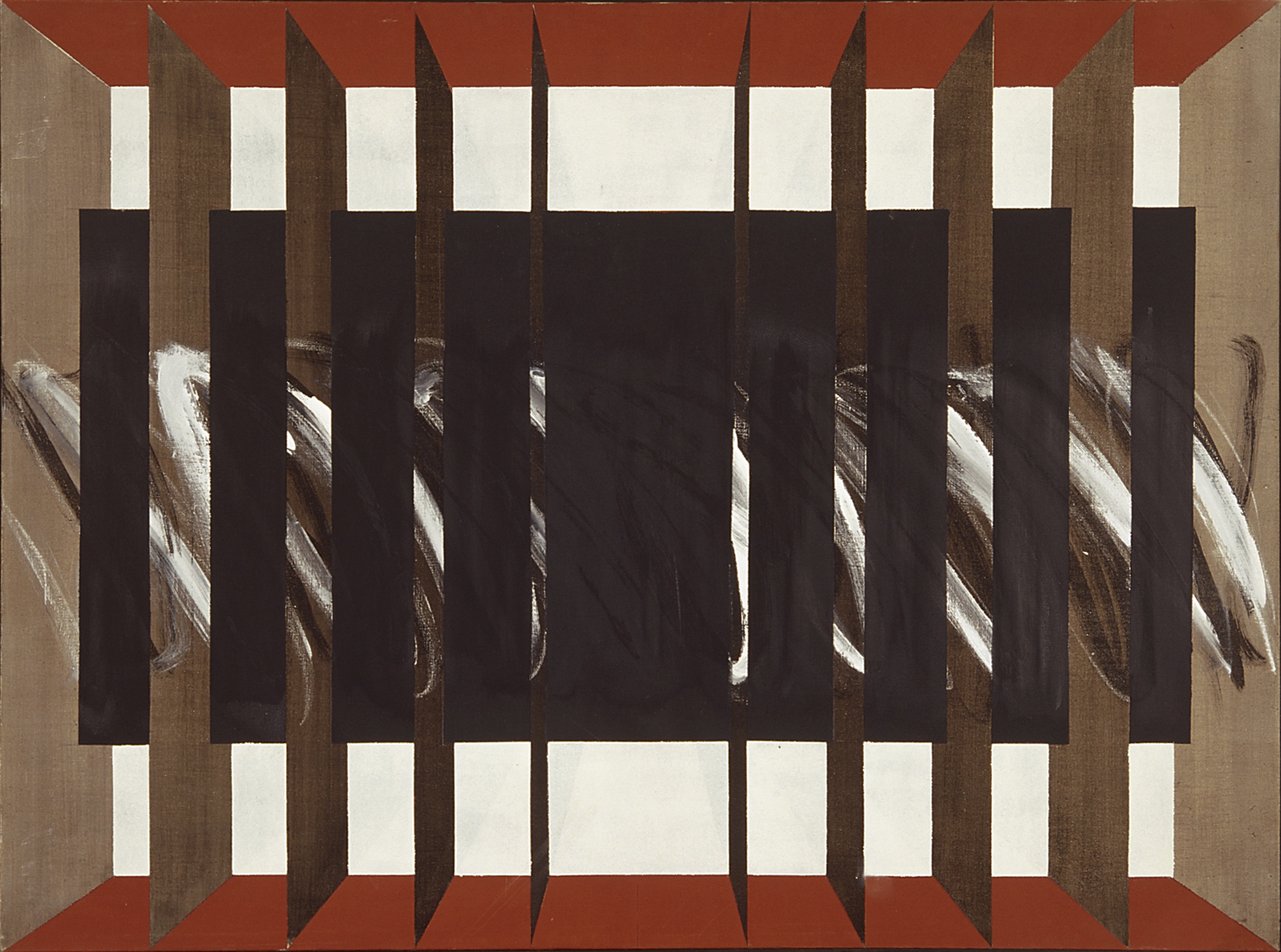 Sense títol, Joaquim Chancho (1970). Galeria Marc Domènech
Sense títol, Joaquim Chancho (1970). Galeria Marc Domènech
For the first time, the award for the best gallery exhibition has been awarded ex aequo. On the one hand, Artur Ramon Art has been awarded for the photographic installation by Jordi Ortiz , an invitation to rediscover the urban nature of Barcelona through 373 tree barks that reveal its singular beauty and its interaction with the environment. On the other hand, House of Chappaz has been awarded for the audiovisual proposal by Carles Congost , focused on issues of personal identity and social pressure in rural environments.
Bombon Projects has been recognized for Firefly, a new production by Lara Fluxà that includes sculptures and installations created with fragile materials such as glass, liquids or waste elements. The work acts as a metaphor for the vulnerability of the body and ecosystems, visually exploring fragility and resistance. Finally, the project Ni Mona ni Lisa led by Judith Méndez Moreno has been distinguished as a communication initiative for its work of disseminating art with a gender perspective, bringing the voice of women artists closer to new audiences.
 Noi de Poble I, Carles Congost. House of Chappaz
Noi de Poble I, Carles Congost. House of Chappaz
All in all, the GAC 2025 Awards have highlighted an active and diversified artistic ecosystem, with a scene that continues to grow in names, initiatives and ideas. The night at MACBA has been a shared recognition of the work of many people who, from different fields, contribute to advancing contemporary art in Catalonia.





